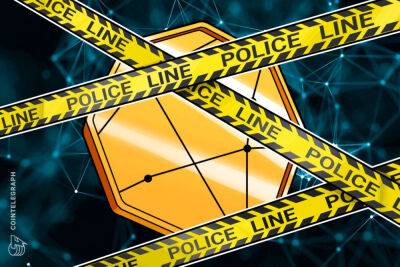First Webb Telescope image reveals 'deepest ever' infrared images of our universe
Our view of the universe has just expanded.
The first image from NASA’s new space telescope unveiled is brimming with galaxies and offers the deepest look of the cosmos ever captured.
The James Webb Space Telescope's initial capture is the farthest humanity has ever seen in both time and distance, closer to the dawn of time and the edge of the universe.
That image will be followed on Tuesday by the release of four more galactic beauty shots from the telescope’s initial outward gazes.
The “deep field" image released on Monday during a brief White House event is filled with numerous stars, with massive galaxies in the foreground and faint and extremely distant galaxies peeking through here and there.
The shot shows SMACS 0723 — a cluster of galaxies in the Southern Hemisphere constellation, Volans — with the cluster itself some 4.6 billion light-years away.
Part of the image is light from not too long after the Big Bang, which was estimated to have taken place 13.8 billion years ago.
President Joe Biden marvelled at the image that he said showed “the oldest documented light in the history of the universe from over 13 billion — let me say that again — 13 billion years ago. It’s hard to fathom.”
The busy image with hundreds of specks, streaks, spirals and swirls of white, yellow, orange and red — the gravitational warping effect as the light traverses immense distances to reach the telescope — is only “one little speck of the universe,” NASA Administrator Bill Nelson said.
“What we saw today is the early universe,” Harvard astronomer Dimitar Sasselov said in a phone interview after the reveal.
Sasselov said he and his colleague Charles Alcock first thought “we’ve seen this before." Then they looked closer at the image and pronounced
Read more on euronews.com

 euronews.com
euronews.com



















![Sandeep Nailwal - Can Polygon [MATIC] reclaim the $1 mark this week - ambcrypto.com - city Santiment](https://finance-news.co/storage/thumbs_400/img/2022/8/3/35881_n8ze.jpg)
